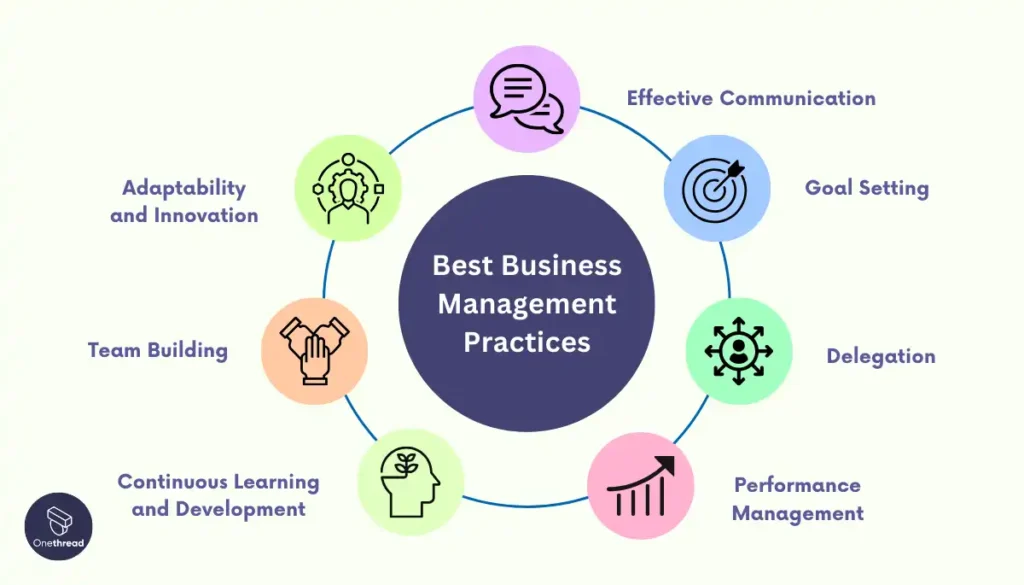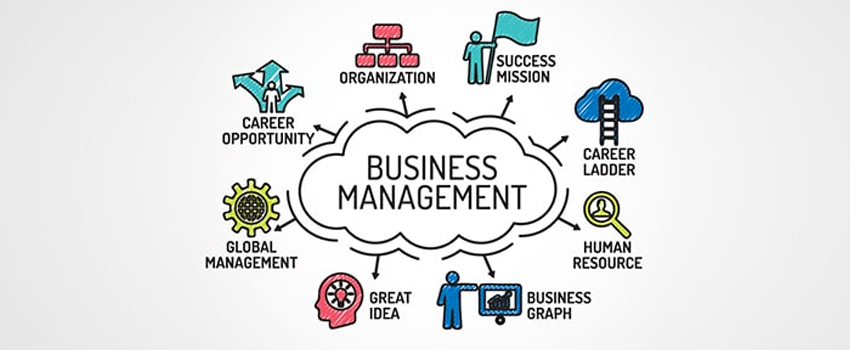Learn How SAFe For Architects Can Drive High-Performance Agile Teams
Learn How SAFe For Architects Can Drive High-Performance Agile Teams
Blog Article
Accreditation stands as a crucial element for leaders looking for to implement the Scaled Agile Framework efficiently.Obtaining a Risk-free qualification uses various advantages for experts looking to boost their jobs in dexterous job monitoring. The Scrum Master helps with the dexterous process, making certain that the team sticks to the SAFe concepts while eliminating obstacles. By embedding continuous enhancement into the organizational society, SAFe encourages groups to continue to be nimble and responsive to altering market needs, inevitably improving their ability to deliver worth to customers.
|
Master Agile Practices Via Comprehensive SAFe Accreditation
In a progressively complicated company landscape, grasping Active practices with thorough SAFe qualification has actually become a crucial expertise for professionals intending to boost organizational performance. This certification not only supplies a deep understanding of the Secure structure but additionally cultivates necessary skills for fostering partnership and alignment amongst teams. As companies seek to browse the challenges of quick change, the execution of SAFe principles provides a path to enhanced outcomes. Nonetheless, the journey to certification involves more than just academic understanding; it requires a critical strategy to application that can considerably impact company agility. What does this entail?
Recognizing SAFe Structure

At its core, the Risk-free framework makes up four degrees: Group, Program, Large Service, and Profile. Each degree addresses specific elements of Active distribution, from handling small teams of programmers to supervising several programs and straightening calculated efforts with organization goals.
SAFe encourages partnership amongst cross-functional groups, fostering a setting where continual improvement and technology are vital. By highlighting positioning, openness, and integrated top quality, the framework outfits organizations to respond quickly to market changes while supplying value to consumers.
Moreover, SAFe supports numerous methodologies, such as Scrum and Kanban, allowing companies to tailor their method according to particular project demands. This flexibility makes SAFe a durable framework for companies intending to flourish in a swiftly progressing service landscape.
Advantages of SAFe Certification
Often demanded in the Agile neighborhood, Secure certification offers numerous advantages for professionals and companies alike. Among the key advantages is the enhancement of abilities and expertise in applying the Scaled Agile Framework (SAFe), which outfits people with the tools necessary to drive effective Agile improvements. This certification signals a dedication to specialist advancement, making candidates a lot more affordable in the job market.
For companies, having certified professionals fosters a culture of continuous enhancement and partnership, important for adjusting to changing market demands. It enables groups to straighten their collaborate with critical objectives, inevitably improving productivity and effectiveness. Companies with a greater percentage of SAFe-certified employees usually experience minimized time-to-market and increased high quality of deliverables.
Moreover, Risk-free qualification promotes networking chances with various other Agile experts, making it possible for the exchange of best experiences and practices (SAFe For Architects). This joint network can significantly add to personal and organizational growth. In summary, getting SAFe certification not just boosts individual capacities yet also reinforces the overall Agile maturity of an organization, causing sustainable success in today's dynamic organization environment
Trick Components of SAFe
Structure on the benefits of Secure qualification, understanding the essential components of the Scaled Agile Structure is essential for efficiently applying its principles. The Risk-free framework comprises 4 key levels: Group, Program, Big Option, and Profile. Each level addresses various elements of dexterous techniques, promoting alignment and shipment across the organization.
At the Group degree, cross-functional teams work collaboratively using Active techniques, such as Scrum or Kanban, to deliver step-by-step worth. The Program level focuses on the Agile Release Train (ART), which is a long-lived team of Agile groups that plans, dedicates, and implements with each other. The Large Option degree addresses complex options that need numerous ARTs to operate in show, guaranteeing coordination and assimilation.
Preparing for SAFe Accreditation
Getting ready for SAFe accreditation requires a strategic strategy to make sure an extensive understanding of the framework. First, acquaint yourself with the core concepts and worths of the Scaled Agile Structure (Risk-free) Testimonial resources supplied on the Scaled Agile website, including the Risk-free structure paperwork, study, and whitepapers, to build a strong foundation.
Next, take into consideration registering in an official SAFe training program. These training courses, led by accredited SAFe Program Specialists (SPCs), offer structured finding out experiences that cover useful applications and vital ideas. Involving with teachers and peers can improve your grasp of the product.
In addition, technique with example examination concerns to acquaint on your own with the layout and kinds of inquiries you may come across. Signing up with study hall or forums can facilitate knowledge exchange and provide assistance from fellow candidates.
Applying SAFe in Organizations
Applying the Scaled Agile Framework (SAFe) within companies demands a structured method that aligns teams and processes toward a common goal. The successful application of SAFe begins with developing a clear understanding of its concepts, consisting of openness, collaboration, and placement. Organizations should first evaluate their existing processes and determine areas for renovation, ensuring they are prepared for the social shift that SAFe entails.
Training and accreditation for groups aid equip participants with the needed abilities and knowledge to run effectively within the Risk-free structure. This includes developing Agile Release Trains (ARTs), which serve as the foundation for providing value across the organization.
By consistently using Secure concepts and methods, organizations can attain higher agility, boost collaboration, and ultimately drive much better service end results. Embracing this structure placements organizations to respond swiftly to market adjustments and from this source customer needs (SAFe Lean Portfolio Management).

Conclusion
In final thought, understanding Nimble methods through comprehensive Secure qualification significantly contributes and enhances expert capabilities to organizational effectiveness. The expertise acquired from comprehending the Secure structure, along with its key elements, facilitates successful transformations and improves collaboration among teams. Moreover, getting this accreditation settings individuals favorably in a competitive job market, underscoring the significance of constant enhancement and positioning within companies. Embracing SAFe eventually results in raised effectiveness and higher quality deliverables.
The SAFe (Scaled Agile Framework) framework serves as an organized technique for carrying out Active methods at range across large companies. One of the primary benefits is the improvement of abilities and understanding in carrying out the Scaled Agile Structure (SAFe), which outfits individuals with the tools necessary to drive effective Agile makeovers. In summary, getting SAFe certification not just enhances private capacities however likewise reinforces the general Agile maturation of an organization, leading to sustainable success in today's vibrant service atmosphere.
Structure on the benefits of Risk-free certification, comprehending the essential elements of the Scaled Agile Structure is vital for effectively implementing its concepts.Applying the Scaled Agile Structure (Risk-free) within companies demands a structured method that aligns groups and procedures toward a typical objective.
|
Breakthrough Your Occupation With SAFE Qualification: Agile Experience Unlocked
In today's rapidly evolving organization landscape, getting SAFe accreditation can considerably boost your job trajectory by outfitting you with essential active proficiency. As firms significantly seek specialists who can lead nimble improvements, understanding the paths to obtain this certification becomes vital.
Comprehending SAFe Accreditation
SAFe Accreditation works as an essential qualification for specialists looking for to enhance their careers in active job monitoring. Created by Scaled Agile, Inc., the Scaled Agile Framework (SAFe) gives a comprehensive approach to implementing nimble practices across large companies, making it important for professionals intending to navigate complicated task settings successfully.
The certification process encompasses different degrees, including Risk-free Agilist, SAFe Specialist, and SAFe Program Professional, each targeting various roles within agile groups. These accreditations are designed to outfit specialists with the knowledge and devices required to lead nimble makeovers, foster cooperation throughout teams, and enhance job delivery end results.
Recognizing Secure Certification entails identifying its focus on aligning approach with execution, promoting a culture of continual renovation, and leveraging agile concepts at range. This framework not only boosts specific expertises yet additionally adds to organizational dexterity, enabling companies to react swiftly to market changes and client needs.
Achieving Secure Accreditation signifies a commitment to specialist development and a strong foundation in active techniques, placing individuals as valuable properties in their organizations. By embracing this certification, experts can improve their capability, guaranteeing they continue to be affordable in a rapidly developing work market.
Benefits of SAFe Certification
Acquiring Secure Accreditation offers numerous benefits for professionals in the nimble job management arena. This qualification not just enhances specific credentials but additionally demonstrates a dedication to grasping the Scaled Agile Framework, which is progressively recognized by companies. With a SAFe qualification, professionals can validate their knowledge and abilities in active approaches, making them extra affordable in the task market.
Among the key advantages is the capacity to lead dexterous improvements within organizations. Licensed people are outfitted with the tools and approaches necessary to carry out and scale dexterous practices successfully, driving effectiveness and efficiency. In addition, companies with SAFe-trained experts often experience boosted positioning throughout teams, cultivating far better collaboration and technology.
In Addition, SAFe Qualification opens doors to networking possibilities within the agile neighborhood. Professionals can attach with similar individuals, share best practices, and stay updated on sector patterns. The certification additionally offers access to special sources, consisting of workshops and webinars, which can further enhance one's knowledge.
Inevitably, obtaining Secure Accreditation empowers experts to progress their professions, add meaningfully to their companies, and lead the cost in nimble excellence. SAFe Agilist.
Pathways to Get Qualification
To begin, candidates commonly involve in a Secure training program, which functions as the foundational step for accreditation. These training courses are facilitated by SAFe Program Professionals (SPCs) and cover crucial concepts, techniques, and roles within the Secure framework. After completing the training, prospects must pass an accreditation examination to confirm their understanding and skills.
There are several accreditations offered, such as Secure Agilist (SA), Risk-free Specialist (SP), and SAFe Scrum Master (SSM), amongst others. Each accreditation needs specific training sessions and evaluations, permitting specialists to choose a pathway that straightens with their job goals.
Furthermore, keeping Secure certification necessitates continuous education and learning and revival, ensuring that professionals stay present with progressing Agile techniques. By purposefully selecting the suitable training and accreditation paths, people can dramatically boost their proficiency and profession trajectory within the Agile landscape.
Real-World Applications of SAFe
Executing the Risk-free structure in companies has verified to be extremely efficient in improving performance and placement across teams. This method facilitates collaboration among numerous divisions, permitting groups to function towards a combined set of objectives. By breaking down silos and promoting communication, SAFe enables companies to react quickly to market modifications and client needs.

In Addition, SAFe contributes in boosting job visibility via metrics and reporting devices, enabling stakeholders to make informed choices. It likewise encourages a culture of continuous renovation, advertising regular retrospectives and adaptation of techniques. Eventually, the real-world applications of Risk-free demonstrate its versatility and performance in driving successful outcomes throughout various sectors, making it an important structure for contemporary organizations.
Occupation Development Opportunities
The fostering of the Risk-free structure not only boosts organizational efficiency however additionally opens up substantial profession advancement chances for professionals within the Agile and job monitoring areas. As organizations increasingly accept Agile methodologies, the need for SAFe-certified professionals continues to climb, creating an one-upmanship for those furnished with this certification.
SAFe accreditation provides professionals accessibility to a range of roles, including Agile Launch Train (ART) functions, Scrum Masters, and Launch Train Engineers. Additionally, people can change into management positions such as Program Supervisors or Portfolio see this site Managers, therefore increasing their obligations and impact within the company. The qualification also demonstrates a commitment to constant understanding and adaptability, high qualities extremely valued by companies.
In addition, specialists with SAFe certification typically appreciate greater gaining potential. Market records suggest that qualified people commonly regulate wages that exceed those of their non-certified peers. Additionally, the networking opportunities paid for by Risk-free neighborhoods can result in useful links and occupation potential customers. SAFe Lean Portfolio Management.
Final Thought
To conclude, acquiring Risk-free accreditation considerably enhances professional qualifications in the world of active methods. This accreditation not only facilitates proficiency of dexterous methods however also promotes possibilities for occupation development across numerous duties, including Scrum Masters and Program Managers. By equipping people with vital skills and knowledge, Secure accreditation fosters management abilities required for driving effective active changes within organizations, inevitably adding to better earning capacity and important links within the active community.
Getting Risk-free Qualification uses various benefits for experts in the dexterous job management field. With a SAFe qualification, professionals can confirm their understanding and abilities in nimble techniques, making them a lot more affordable in the task market.
These training courses are assisted in by SAFe Program Consultants (SPCs) and cover necessary principles, methods, and duties within the Risk-free structure.In final thought, acquiring SAFe qualification considerably boosts professional qualifications in the world of nimble techniques. By equipping people with essential skills and expertise, Secure accreditation cultivates leadership abilities essential for driving successful active transformations within organizations, eventually adding to greater earning capacity and useful links within the agile neighborhood.
} Report this page